|
Note: The graphics in this post are from three F.D.A. documents and one on the psychrights site. The tables from the F.D.A. documents have been reformatted to be readable, but the substance is unaltered. Click the graphic to see the original. I haven’t altered the graphics from the psychrights document because that document itself is >40 MB and needs an overnight download. Here are links to those primary sources:
• [psychrights] Trial 0015
|
One thing looking at all of these documents has done for me is restore my faith in the support staff at the F.D.A. Their reports are thorough and have the information that’s required. I’ll pick a few bones with the reviewers who looked at and assimilated it, but on a whole they seemed to be doing the job of giving the decision makers what they needed to reach conclusions.
Weight gain was one of their statistically significant adverse effects:
In the Review and Evaluation of Clinical Data, they comment:
Here are the tables they reference in the Appendix:
I’ve been trying not to be too picky in this series. "Hindsight is 20/20" they say – and after the fact, it’s real easy to criticize others for missing things that you would’ve probably missed yourself if in a similar situation. And, by the way, no one would call me an obsessive person. If you saw the little office in our cabin where I’m typing right now, you’d see that yourself. The only really well organized thing in the room is on the monitor screen where this post is being put together. But I feel a picky obsessive attack coming on, because I smell a rat. These tables just don’t tell the whole story.
The rat I smelled was n. n doesn’t make sense to me. In the report, there are lengthy explanations of the number of subjects exposed to Quetiapine [Seroquel] and the various databases they used. The general gist of things was that there was an Efficacy database and a Safety database – the former we know about, the latter is everybody in any study, but there were exceptions to what "everybody" meant. Again, after more readings than I’d care to admit, I couldn’t make any sense out of it. I don’t mean to accuse them of hiding something in the F.D.A. report, I just couldn’t follow what they were saying. The point is that nothing that I could find added up the the n values in these tables. I don’t know if this is only the four efficacy studies or some other fraction of the whole pie. So I gave up and went for the part that mattered – Trial 0015 – the only study that lasted more than six weeks. I downloaded the 40+ MB file overnight and looked for the part about weight. Here are the combined parts of the report [pdf pages 142-144] that relate to weight:
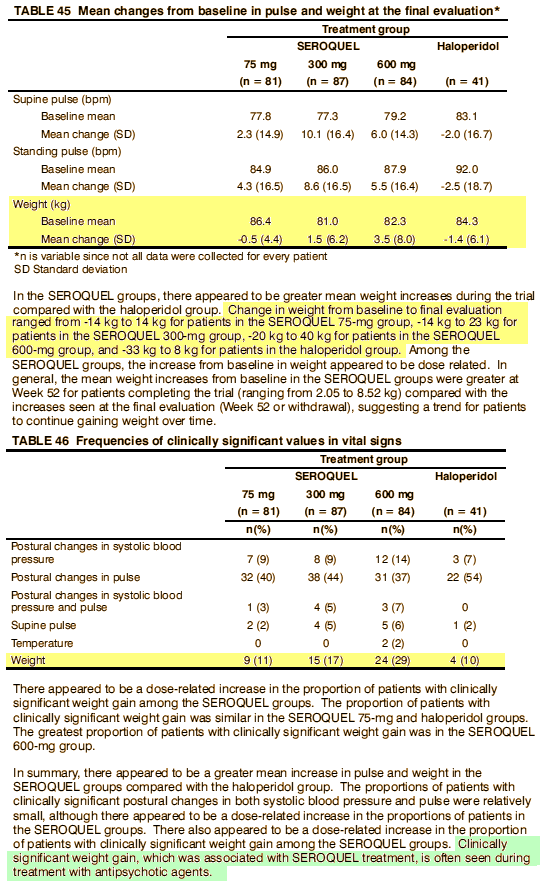
Not what I would call a particularly clear presentation of the facts. I’ve tried to help them along with data presentation methodology. First, the upper table [Weight Gain at Final Evaluation]:
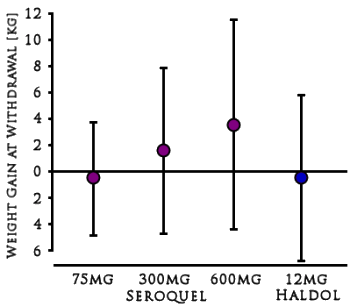
Of course this is a bit absurd. This was a one year study with people dropping out all along the way, so the table isn’t meaningful. What we need to see is Weight Gain at Final Evaluation versus Time of Final Evaluation. Even at that, the weight gain is apparent:
Next, they embed the Ranges of Weight Gain at Final Evaluation. Here’s a tabular view:

Same Criticism. Where’s the Time dimension?
Finally in the bottom table, they give us the % whose weight gain fits their definition of "Clinically Significant" [>7% baseline weight]. This is the most obfuscated of the bunch, because the majority of subjects dropped out early [before having time to really pork-up].
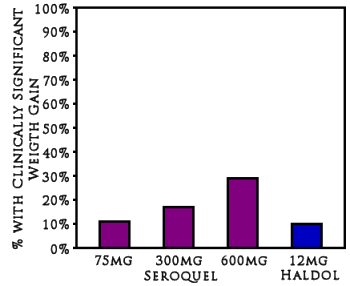
Even at that, there was still an impressive weight gain with increasing Seroquel dose.
The point is that no matter how hard we try to get at what we want to know [weight gain plotted against time of withdrawal for each group], it’s just not possible to figure it out. In each case, they’ve hidden the time dimension [in fact, used it to bring down the other values]. They show us that there’s weight gain, and that it’s dose related, but they hide the extent of the damage [on purpose]. This is data massage at the least, more like data camouflage. They know what matters; they know the answer; and they won’t show it to us. I think the ‘weight thing’ is the real "’smoke and mirrors’ job" Dr. Lisa Arvanitis’ boss was referring to in his email:
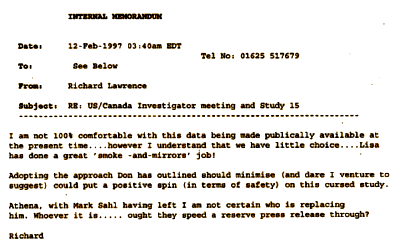
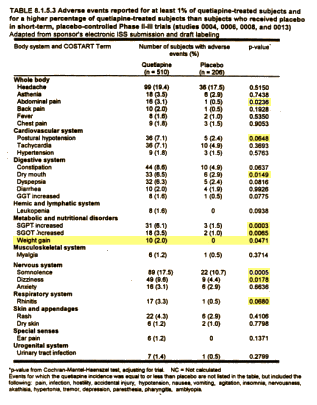

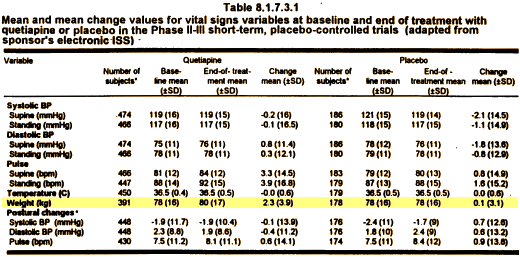
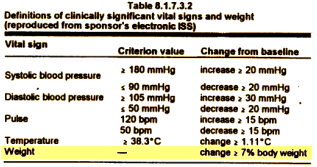
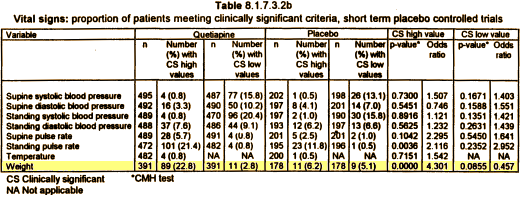
Fantastic information, thank you!
Richard “Smoke and Mirrors” Lawrence is still in the game:
http://www.bnet.com/blog/drug-business/astrazeneca-8217s-8220smoke-and-mirrors-8221-man-has-new-job-in-medical-writing/1111